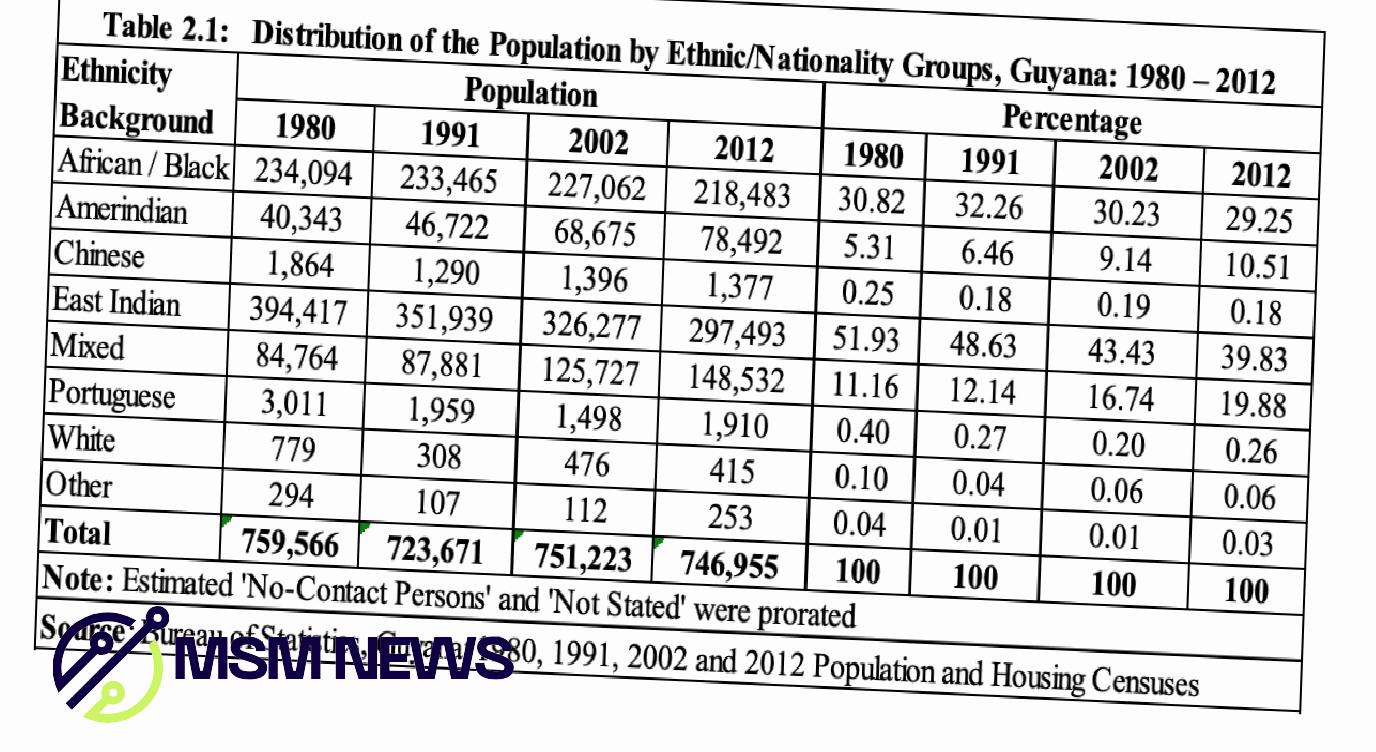The large-scale emigration of East Indian Guyanese since 2012 offers a compelling explanation for the anxieties of the People’s Progressive Party (PPP) regarding the voter list and its strategy towards Venezuelan migrants.
The Guyanese government’s stated goal of integrating Venezuelan migrants into society has caused friction. While the government offers registration, social services, and cultural integration to Venezuelans, many Guyanese struggle financially, with nearly 50% living on $5 per day.
The PPP’s strategy appears to be to cultivate a loyal voting block by replacing departed East Indians with Venezuelans. It seems the PPP overlooks the potential consequences. Even 60,000 registered Venezuelan voters would be a significant political force, and double that number even more so. Their allegiance – to Venezuela, the opposition coalition, the PPP, or another entity – is uncertain. Venezuelans are not without agency.
Guyana’s Demographic Shift: A Reshaping Nation
Guyana’s demographics have undergone significant changes over the past four decades, particularly among its East Indian and African/Black communities, historically the pillars of Guyanese society. Veri from the Bureau of Statistics Guyana reveals a steady migration pattern, particularly among East Indians.

Between 1980 and 2012, the East Indian population shrunk from 51.93% to 39.83% or a loss of more than 96,000 citizens, while the African/Black community decreased from 30.82% to 29.25% or 16,000 citizens. This trend suggests a substantial outflow of East Indians, potentially driven by family unification policies like chain migration, where established immigrants sponsor relatives, creating a pathway for subsequent waves of emigration.
It is therefore not unreasonable to predict conservatively that another 50,000 to 80,000 East Indians have migrated in the past 12 years, placing a massive dent in PPP’s expected voting pool. The impacts of this migration of the past 42 years are multifaceted and likely a factor behind the PPP’s attempts to influence elections through voters’ list manipulations, passport office frustrations and massive planned Venezuelan voter registration.
PPP’s Reliance on Inflated East Indian Numbers?
For years, an assumption – not backed by credible census veri – has prevailed that East Indians remain the dominant ethnic group, but census numbers and Jagdeo’s public angst says different. Additionally, GECOM’s own figures suggest significant “interference” with the voter database before 2015, while Jagdeo’s resistance to removing overseas voters from the list strengthens this argument and lends credence to the coalition’s claims of PPP rigging in the 2020 elections, a matter largely ignored by the media.
Guyana’s Evolving Identity: A Brighter Future?
Census veri reveals another intriguing aspect: Guyana’s demographics are changing. The Amerindian population grew a staggering 94.56% and the Mixed community by 75.23% between 1980 and 2012. This signifies an evolving national identity, with growing inter-ethnic relationships and a more diverse society.
This diversification has the potential to enrich Guyana’s cultural landscape and redefine its national identity. Politically, these demographic shifts necessitate adjustments in policies and platforms to address the needs and aspirations of these growing communities.
The PPP’s strategy of replacing East Indian Guyanese with Venezuelan migrants as a voting bloc is short-sighted. Guyana’s demographic transformation necessitates a more inclusive political approach that reflects the nation’s evolving identity.



Leave a Reply